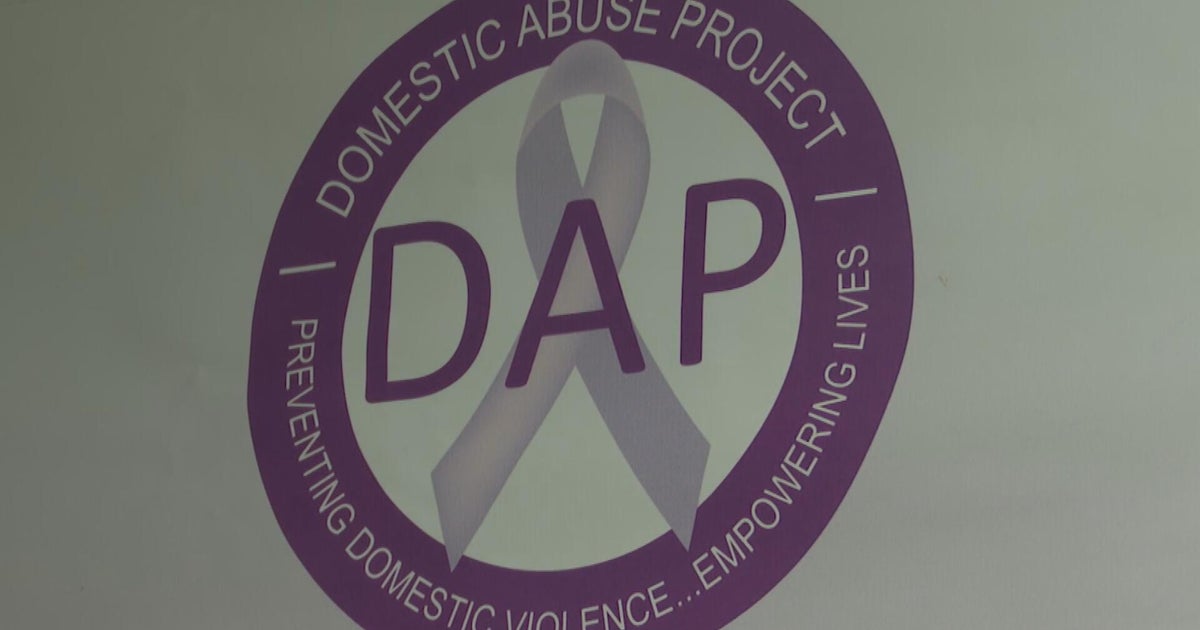Report on Educational Disparities and Violations of Sustainable Development Goals
Executive Summary
An ongoing situation in Israel, where Haredi female students of Sephardic origin are being denied admission to state-funded seminaries, represents a significant breach of key Sustainable Development Goals (SDGs). This report details the failure to uphold SDG 4 (Quality Education), SDG 10 (Reduced Inequalities), and SDG 16 (Peace, Justice, and Strong Institutions). Despite intervention from local authorities and the Ministry of Education, a number of students remain without school placement months into the academic year, highlighting systemic challenges to ensuring inclusive and equitable education for all.
Violation of SDG 4: Quality Education
The refusal of seminaries to admit assigned students directly contravenes the core principles of SDG 4, which aims to ensure inclusive and equitable quality education and promote lifelong learning opportunities for all.
- Denial of Access: As of early in the school year, 55 students in Jerusalem and Bet Shemesh were without school placement. While this number has decreased, several students still lack access to secondary education.
- Inequitable Outcomes: The situation disproportionately affects female students from a specific ethnic background, undermining Target 4.5, which seeks to eliminate gender and other disparities in education and ensure equal access for the vulnerable.
- Timeline of Exclusion:
- July: Reports indicated 440 Haredi girls in Jerusalem, 73% of whom were Sephardic, had not been accepted into any seminary.
- September 1: Multiple seminaries refused to allow assigned 9th-grade students to begin their studies.
- September 10: 55 students remained without placement, prompting ministry sanctions.
- October/November: The dispute remains unresolved for a “limited number” of students.
Violation of SDG 10: Reduced Inequalities
The crisis is rooted in ethnic discrimination, a direct challenge to SDG 10, which calls for the reduction of inequality within and among countries.
- Discriminatory Practices: Critics allege that many Ashkenazi-led seminaries maintain unofficial quotas to limit the number of Sephardic students, a practice that violates Target 10.3 to ensure equal opportunity and eliminate discriminatory policies.
- Systemic Social Exclusion: This practice perpetuates social stratification based on ethnic origin, preventing the full social and educational inclusion of Sephardic families as mandated by Target 10.2.
Institutional Response and Alignment with SDG 16
The actions taken by governmental bodies reflect an effort to build effective, accountable, and inclusive institutions, in line with SDG 16.
- Municipal Intervention: The municipalities of Jerusalem and Bet Shemesh took direct action by assigning students to specific seminaries to override the discriminatory selection processes.
- Ministry of Education Enforcement: The ministry has attempted to enforce non-discriminatory policies through sanctions.
- The ministry initiated the process to sanction non-compliant schools.
- Funding was revoked for at least one seminary, which was later restored after the institution agreed to accept the assigned students.
- The ministry has stated it is using “all means at its disposal” to ensure placements are implemented.
- Ongoing Challenges: Despite these measures, the persistence of the problem, with a reported five or six cases still unresolved in Bet Shemesh alone, indicates a continuing challenge to institutional authority and the enforcement of non-discriminatory law.
Analysis of Sustainable Development Goals in the Article
-
Which SDGs are addressed or connected to the issues highlighted in the article?
The article addresses the following Sustainable Development Goals (SDGs):
-
SDG 4: Quality Education
This goal is central to the article, which focuses on students being denied access to education. The core issue is the failure to provide equitable and inclusive educational opportunities for all, as Haredi girls are “stuck at home” and unable to attend school because seminaries “refuse to admit them.”
-
SDG 10: Reduced Inequalities
The article explicitly details discrimination against a specific group, which directly relates to reducing inequalities. The refusal to admit students is based on their ethnic origin, as the text notes “discrimination against Sephardic students” and “racism against families of Middle Eastern origin,” highlighting a clear inequality within the community that prevents equal access to services like education.
-
SDG 16: Peace, Justice and Strong Institutions
This goal is relevant because the article describes the actions of a state institution, the Education Ministry, attempting to enforce justice and non-discriminatory policies. The ministry’s efforts to sanction schools, revoke funding, and ensure student placements are finalized demonstrate an institution working to be “effective” and “accountable” in upholding the law and protecting the rights of vulnerable students.
-
-
What specific targets under those SDGs can be identified based on the article’s content?
Based on the article, the following specific SDG targets can be identified:
-
Target 4.1: Ensure that all girls and boys complete free, equitable and quality primary and secondary education.
The article directly addresses this target by highlighting that “some Haredi students are still stuck at home” and unable to begin their secondary education at high school seminaries. The lack of “equitable” access is the central theme, as students are denied placement based on their background.
-
Target 4.5: Eliminate gender disparities in education and ensure equal access to all levels of education… for the vulnerable.
While the issue is not about gender disparity between boys and girls, it focuses on a vulnerable group (Sephardic girls) being denied “equal access” to education. The article states that “73 percent of [the 440 unaccepted girls] were Sephardic,” clearly showing that a vulnerable group is being disproportionately excluded.
-
Target 10.3: Ensure equal opportunity and reduce inequalities of outcome, including by eliminating discriminatory… practices.
This target is addressed through the description of the “unofficial quotas of Sephardic students,” which is a discriminatory practice that denies equal opportunity. The outcome is a significant number of students being left “without a school placement,” a clear inequality of outcome that the Education Ministry is trying to rectify.
-
Target 16.B: Promote and enforce non-discriminatory laws and policies for sustainable development.
The article provides a clear example of this target in action. The Education Ministry is actively enforcing non-discriminatory policies by using “all means at its disposal,” such as sanctioning schools and revoking funding (“one seminary’s funding was revoked”), to ensure students are admitted regardless of their origin.
-
-
Are there any indicators mentioned or implied in the article that can be used to measure progress towards the identified targets?
Yes, the article mentions several quantitative and qualitative indicators:
-
Indicator for Targets 4.1 and 4.5: Number and proportion of out-of-school children.
The article provides specific numbers that serve as direct indicators of the problem’s scale. These include: “55 Haredi students… remained without a school placement,” “440 Haredi girls in Jerusalem… had not been accepted into any seminary,” and “five or six cases of students still lacking placements.” The statistic that “73 percent of them [were] Sephardic” is a powerful indicator of disparity.
-
Indicator for Target 10.3: Existence of discriminatory practices and policies.
The article points to a qualitative indicator by mentioning that “many Ashkenazi schools maintain unofficial quotas of Sephardic students.” The existence of such quotas is a direct measure of discriminatory practices that lead to unequal opportunities.
-
Indicator for Target 16.B: Number of enforcement actions taken by institutions.
The article implies progress can be measured by the actions of the Education Ministry. Specific indicators mentioned are the process to “sanction” non-compliant schools and the fact that “one seminary’s funding was revoked.” These actions quantify the enforcement of non-discriminatory policies.
-
-
Table of SDGs, Targets, and Indicators
SDGs Targets Indicators Identified in the Article SDG 4: Quality Education 4.1 Ensure equitable secondary education.
4.5 Ensure equal access to all levels of education for the vulnerable.The number of students without a school placement (“55 Haredi students”).
The proportion of a specific vulnerable group affected (“73 percent of them Sephardic”).SDG 10: Reduced Inequalities 10.3 Ensure equal opportunity and eliminate discriminatory practices. The existence of discriminatory practices (“unofficial quotas of Sephardic students”).
The number of individuals affected by discrimination (“440 Haredi girls… had not been accepted”).SDG 16: Peace, Justice and Strong Institutions 16.B Promote and enforce non-discriminatory laws and policies. The number and type of enforcement actions taken by the Education Ministry (“sanction them,” “one seminary’s funding was revoked”).
Source: timesofisrael.com







